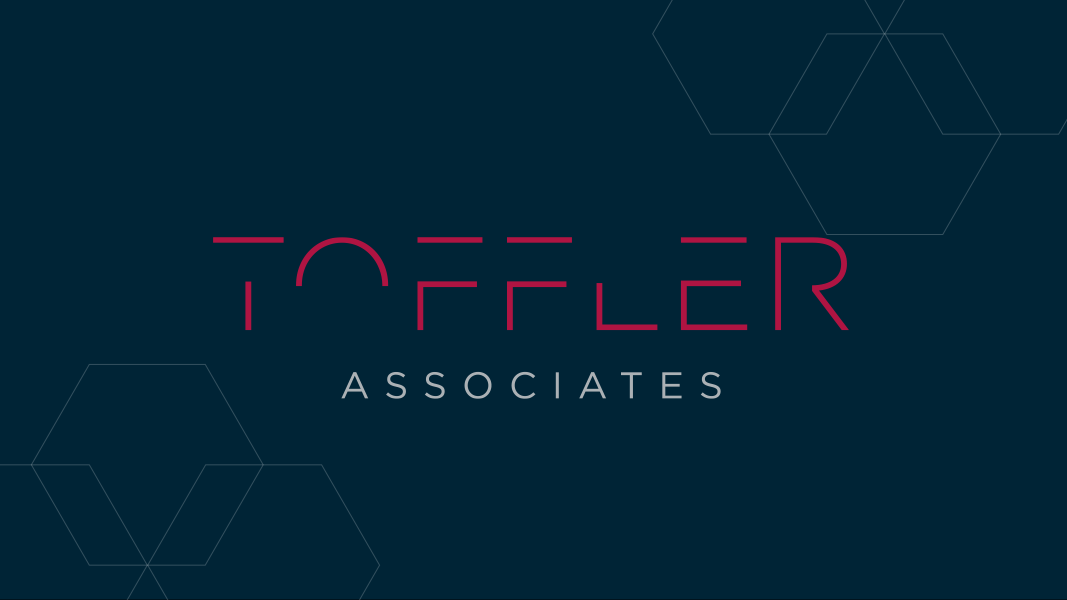RAPPORT // What the Boston Marathon Proves About an Inspired Workforce


This year’s Boston Marathon left a lasting imprint on my heart. Maybe it’s because I’m currently training for my first marathon, which I’ll run in Chicago this Fall. Watching the race from almost 2400 miles away, I felt like I was a part of the activities – as if I was there on the course with the runners, struggling through the miles, trying to stay warm and focused. Anticipating the finish line with every step. Celebrating the achievement.
The Boston Marathon is an amazing event every year, but 2018 was historic. Besides covering 26.2 miles of communities from Hopkinton to Boston, the weather added a wicked variable. It was the coldest race in 50 years. The freezing temperatures, pelting rain, and 38 mile-per-hour winds tested the will, strength, and perseverance of everyone involved.
The runners may captivate the attention at the Boston Marathon, but they are not the only ones to admire. Thousands of volunteers, medical professionals, local business owners, police, and spectators came out to support the runners. Each one of them endured the weather without the benefit of running to keep them warm. Like the runners, they came to participate in something bigger than themselves, to connect with and give to others, and to share a common purpose.
Why would people choose to partake in such craziness? The short answer? Humanity.
The Purpose of Being a Person
|
“The task of leadership is not to put greatness into humanity, but to elicit it; for greatness is already there.”
– John Buchan Montrose and Leadership |
Professor Michael Steger’s work on the meaning of life may offer the answer. He articulates the simple but profound insight – people want to know what their lives are all about and how they fit into the grand scheme of things and the world around them.
Dr. Steger has found that individuals with higher levels of purpose and meaning tend to be happier and demonstrate greater self-control, strong values, and healthier mental attitudes. Is this why we come together as groups, bringing individual experiences and talents to contribute to something that we alone could not achieve? What does this mean for businesses or organizations striving to succeed in today’s fiercely competitive environment?
Last week, Elon Musk tweeted “Humans are underrated.” What a strange statement in a time when technology has become the hope of efficiency and effectiveness for public and private organizations. Every day, the media reports on the scary and promising impacts of the rise of machines. The threat of people losing their jobs and means for financial security. The glories of how computers will enable organizations to run faster, better, cheaper and without error.
So why is it that leaders like Musk, Mark Zuckerberg, and Bill Gates – innovators who have brought so many of these machines into our world – now promote the need for more human talent within organizations? Again, the short answer is that humanity can’t be matched in its power to create real impact.
More Human
In 2015, I wrote that “There is no more B2B or B2C. It’s H2H: Human to Human.”[1] The point was that, “as organizations strive to become more adept at innovating faster than the competition to sustain their competitive edge and long-term relevance, human connectivity must be a critical aspect of the organization’s strategy.” The statement is still true, with addition. Today’s leaders must create and support a purpose for their organization beyond profitability, growth goals, and sustaining performance. They must foster and model the presence of purpose and meaning whose impact may not be measurable on a mathematical benchmark. It might actually be more important – it might be what binds individuals across an organization together to succeed in the face of challenge and hardship – like marathoners prevailing against 26.2 miles of frozen torrent.
With shared purpose, people are more willing to bring the knowledge, skills, experiences, vulnerability, and drive they have so they can contribute to the group’s effort to accomplish extraordinary things.
It seems the role of leadership is changing. No longer is it enough to set strategic direction, define performance goals, align functions and processes, and manage performance for success. Technologies are critical, but as enablers, not ends. From enterprise through startup, every organization is a collection of humans. Leadership is helping to point those people in the same direction (like 25,000 people running together from Hopkinton to Boston). Leaders help others to tap into their purpose and perseverance, and ensure they are supported all along the way – especially when the way becomes difficult.
As Musk observed, leadership is more human than ever. As Dr. Steger observed, individuals who have a greater sense of purpose are happier, have more self-control, strong values and have healthier mental attitudes.
The finish line is this: when H2H connectivity exists and is appreciated nurtured and celebrated in the organization, everyone is better able to understand the positive difference the organization is trying to make – and the role they have in it.
Your people long to be a part of something bigger or meaningful. They’re willing to work hard to claim that reward. It’s what turns casual joggers into marathoners. It’s what transforms human capital into valuable individuals. And it’s what transforms organizations into purpose-driven cultures enabled by its technology but capable of creating deeper lasting impact by its people.
How is your organization inspiring each person in it to persevere toward your big, shared achievements?
{{cta(‘13776313-1bde-4e44-819f-0346692e5fae’)}}
[1] This concept has been echoed by noted TED speaker and author Bryan Kramer, who focuses on the H2H concept in social and business
- Categories
- Workforce of the Future

 About the Authors
About the Authors